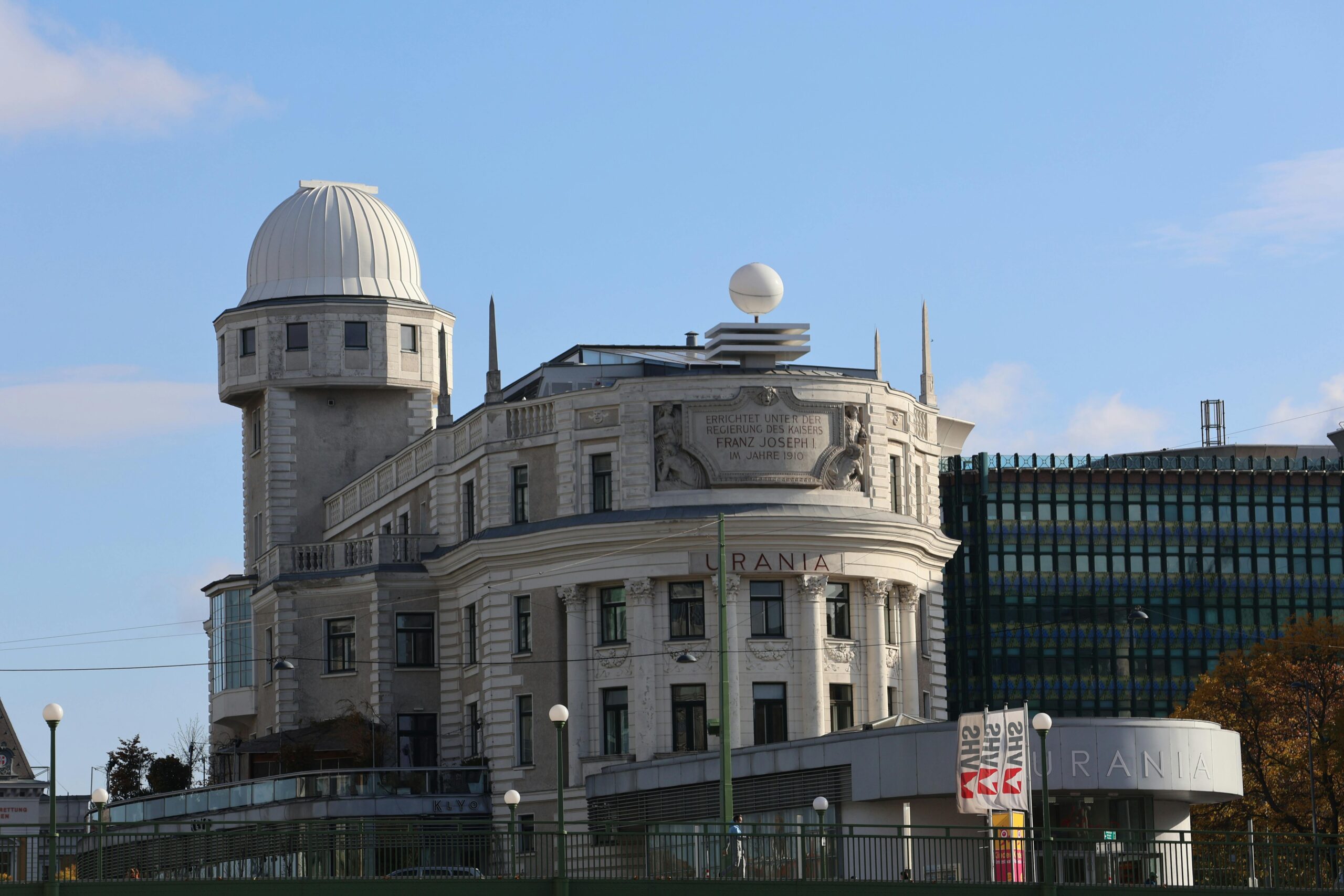The secret to understanding how fast you’re truly aging may lie at the very tips of your chromosomes, in structures called telomeres that act as biological clocks.
For decades, scientists have searched for reliable markers of aging, attempting to distinguish between chronological age—the number of years you’ve lived—and biological age—how old your body actually is at the cellular level. Among the most promising discoveries in this quest has been the revelation that telomeres, protective caps at the ends of our DNA strands, progressively shorten as we age. This groundbreaking finding has revolutionized our understanding of aging and opened new avenues for potentially extending healthspan and longevity.
The relationship between telomere length and aging isn’t just theoretical—it has profound practical implications for how we approach health, wellness, and disease prevention. By measuring telomere length, researchers can now estimate biological age with remarkable accuracy, often revealing significant discrepancies between how old someone is chronologically and how old their cells appear to be. This insight provides a window into understanding why some people seem to age gracefully while others develop age-related diseases prematurely.
🧬 What Exactly Are Telomeres and Why Do They Matter?
Telomeres are repetitive sequences of DNA located at the ends of chromosomes, often compared to the plastic tips on shoelaces that prevent them from fraying. These protective structures consist of thousands of repeats of the DNA sequence TTAGGG, bound by specialized proteins that form a complex called shelterin. Their primary function is to protect the genetic information within chromosomes from degradation during cell division.
Every time a cell divides, the DNA replication machinery cannot fully copy the very ends of chromosomes, resulting in a small loss of telomeric DNA with each division. This phenomenon, known as the “end replication problem,” was first described by molecular biologist Alexey Olovnikov in the 1970s. After approximately 50-70 divisions—a limit known as the Hayflick limit—telomeres become critically short, triggering cellular senescence or programmed cell death.
This progressive shortening serves as a built-in cellular counting mechanism, essentially acting as a molecular clock that tracks how many times a cell has divided. When telomeres reach a critical threshold, cells can no longer divide properly, entering a state of senescence where they remain metabolically active but cease reproduction. These senescent cells can accumulate in tissues over time, contributing to inflammation, tissue dysfunction, and the development of age-related diseases.
The Science Behind Telomeres as Age Markers 🔬
The discovery that telomere length correlates with biological age earned Elizabeth Blackburn, Carol Greider, and Jack Szostak the 2009 Nobel Prize in Physiology or Medicine. Their research revealed not only how telomeres protect chromosomes but also identified telomerase, an enzyme capable of adding DNA sequences back to telomeres, potentially counteracting their shortening.
Studies have consistently demonstrated that individuals with shorter telomeres tend to have higher risks of age-related diseases and mortality. Research published in leading scientific journals has shown connections between telomere length and cardiovascular disease, diabetes, certain cancers, cognitive decline, and overall longevity. A landmark study in the American Journal of Epidemiology found that individuals with the shortest telomeres had nearly double the mortality rate compared to those with the longest telomeres.
However, the relationship isn’t perfectly linear or simple. Telomere length varies significantly between individuals of the same chronological age, influenced by genetics, lifestyle factors, and environmental exposures. Some people in their seventies possess telomeres comparable to those typically seen in fifty-year-olds, while others show accelerated telomere shortening, reflecting premature biological aging.
Measuring Your Biological Age Through Telomeres
Several commercial laboratories now offer telomere length testing, making it possible for individuals to gain insights into their biological age. These tests typically require a simple blood sample or cheek swab, from which DNA is extracted and telomere length is measured using various techniques including quantitative PCR (qPCR) or flow cytometry with fluorescence in situ hybridization (Flow-FISH).
The test results are usually expressed as average telomere length compared to population norms for your chronological age. If your telomeres are longer than average for your age group, this suggests your biological age may be younger than your chronological age—a positive indicator of cellular health. Conversely, shorter-than-average telomeres may indicate accelerated aging and potentially increased health risks.
Lifestyle Factors That Accelerate Telomere Shortening ⚠️
While genetics account for some variation in telomere length, research increasingly shows that lifestyle factors play a substantial role in the rate of telomere attrition. Understanding these factors empowers individuals to make choices that may slow biological aging.
Chronic stress consistently emerges as one of the most significant accelerators of telomere shortening. A groundbreaking study published in the Proceedings of the National Academy of Sciences found that women experiencing chronic stress from caring for chronically ill children had significantly shorter telomeres, with some showing cellular aging equivalent to a decade of additional chronological age. The mechanism appears to involve elevated cortisol and oxidative stress, both of which damage telomeres.
Poor dietary habits also contribute to accelerated telomere shortening. Diets high in processed foods, refined sugars, and saturated fats have been associated with shorter telomeres, while nutrient-dense, antioxidant-rich diets correlate with better telomere maintenance. The inflammatory response triggered by unhealthy foods creates oxidative stress that damages telomeric DNA.
Sedentary behavior represents another significant risk factor. Multiple studies have demonstrated that physical inactivity is associated with shorter telomeres, independent of other health factors. The mechanisms likely involve increased inflammation and oxidative stress that accompany sedentary lifestyles.
Smoking and excessive alcohol consumption are well-established telomere shorteners. Research shows that smokers have telomeres that are, on average, significantly shorter than those of non-smokers, with the effect proportional to pack-years of smoking. Similarly, heavy alcohol consumption has been linked to accelerated telomere attrition.
- Chronic psychological stress and anxiety
- High-sugar, processed food diets
- Lack of regular physical activity
- Smoking and tobacco use
- Excessive alcohol consumption
- Insufficient sleep and poor sleep quality
- Obesity and metabolic dysfunction
- Environmental toxins and pollution exposure
Interventions That May Preserve or Lengthen Telomeres 🌟
The exciting news is that telomere shortening isn’t entirely inevitable or irreversible. Emerging research suggests several interventions may slow telomere attrition or even promote telomere lengthening, effectively slowing biological aging.
Exercise and Physical Activity
Regular physical activity consistently emerges as one of the most powerful interventions for telomere preservation. A comprehensive study published in Preventive Medicine found that adults who engaged in high levels of physical activity had telomeres that appeared biologically nine years younger than sedentary individuals. Both aerobic exercise and resistance training appear beneficial, with the greatest effects seen in those who maintain consistent, moderate-to-vigorous activity levels.
The mechanisms through which exercise protects telomeres include reducing oxidative stress, decreasing inflammation, increasing telomerase activity, and improving overall metabolic health. Even moderate activity—such as 30 minutes of brisk walking five days per week—shows measurable benefits for telomere maintenance.
Stress Management and Mental Health
Given the strong connection between chronic stress and telomere shortening, stress management interventions show promise for preserving telomere length. Meditation practices, particularly mindfulness-based stress reduction and loving-kindness meditation, have been associated with increased telomerase activity and potentially longer telomeres in several studies.
A pilot study published in Psychoneuroendocrinology found that just three weeks of meditation retreat increased telomerase activity by 30%. While short-term increases in telomerase don’t necessarily translate to longer telomeres immediately, sustained practices may offer cumulative benefits over time.
Nutritional Approaches
Dietary patterns rich in antioxidants, omega-3 fatty acids, and anti-inflammatory compounds appear to support telomere health. The Mediterranean diet, characterized by high consumption of fruits, vegetables, whole grains, legumes, nuts, olive oil, and fish, has been consistently associated with longer telomeres in observational studies.
Specific nutrients showing promise for telomere maintenance include:
- Omega-3 fatty acids from fish and marine sources
- Vitamin D and adequate sunlight exposure
- Folate and B-vitamins
- Antioxidants like vitamins C and E
- Polyphenols from berries, green tea, and dark chocolate
- Magnesium and zinc
Sleep Quality and Duration
Adequate, high-quality sleep appears essential for telomere maintenance. Studies have found that both short sleep duration (less than six hours) and poor sleep quality are associated with shorter telomeres. The relationship may be bidirectional, with telomere shortening potentially affecting sleep regulation while poor sleep accelerates telomere attrition through increased oxidative stress and inflammation.
The Controversial Promise of Telomerase Activation 💊
If telomere shortening drives aging, could activating telomerase—the enzyme that rebuilds telomeres—be the key to extending lifespan? This question has spawned both legitimate scientific investigation and questionable commercial products claiming anti-aging benefits.
In laboratory settings, researchers have successfully extended the lifespan of cells and even whole organisms by enhancing telomerase activity. A famous experiment at the Spanish National Cancer Research Centre showed that mice genetically engineered to have higher telomerase levels lived 40% longer than normal mice without developing more cancers.
However, the relationship between telomerase and cancer complicates this approach. Most cancer cells activate telomerase to achieve immortality, allowing unlimited replication. This has raised concerns that artificially boosting telomerase in humans might increase cancer risk. The reality appears more nuanced—research suggests that in the presence of adequate tumor suppressor mechanisms, telomerase activation may not necessarily promote cancer and might even have protective effects.
Several compounds are being investigated for their potential to safely activate telomerase, including TA-65 (derived from the Astragalus plant), but evidence for their effectiveness and safety in humans remains limited and controversial. Most scientists advocate for the lifestyle interventions discussed earlier as safer, evidence-based approaches to telomere maintenance.
Beyond Telomeres: A Holistic View of Biological Aging 🎯
While telomere length provides valuable insights into biological age, it’s important to recognize that aging is a complex, multifaceted process. Telomeres represent one of several “hallmarks of aging” that scientists have identified, including genomic instability, epigenetic alterations, loss of proteostasis, mitochondrial dysfunction, cellular senescence, stem cell exhaustion, altered intercellular communication, and dysregulated nutrient sensing.
This means that telomere length, while informative, doesn’t tell the complete story of your biological age or health status. Someone might have relatively long telomeres but poor metabolic health, significant inflammation, or other markers of accelerated aging. Conversely, shorter telomeres don’t doom someone to poor health if other aspects of cellular function remain robust.
Emerging “biological age clocks” are incorporating multiple biomarkers beyond telomeres, including epigenetic modifications (DNA methylation patterns), inflammatory markers, metabolic indicators, and functional assessments. These composite measures may provide more comprehensive and accurate assessments of biological age than telomere length alone.
Practical Steps to Support Your Cellular Health 🚀
Rather than obsessing over telomere length measurements, focus on evidence-based lifestyle practices that support overall cellular health and may incidentally benefit telomeres:
Prioritize regular physical activity: Aim for at least 150 minutes of moderate-intensity aerobic activity or 75 minutes of vigorous activity weekly, plus strength training twice weekly. Find activities you enjoy to ensure consistency.
Adopt an anti-inflammatory diet: Emphasize whole, minimally processed foods, abundant vegetables and fruits, quality proteins, healthy fats, and adequate hydration. Consider the Mediterranean or similar dietary patterns as templates.
Manage stress effectively: Develop sustainable stress management practices such as meditation, yoga, deep breathing exercises, time in nature, or other activities that promote relaxation and mental well-being.
Optimize sleep: Prioritize 7-9 hours of quality sleep nightly by maintaining consistent sleep-wake schedules, creating a conducive sleep environment, and addressing any sleep disorders.
Maintain social connections: Strong social relationships and community engagement have been associated with longer telomeres and better health outcomes across numerous studies.
Avoid or minimize toxins: Limit exposure to cigarette smoke, excessive alcohol, environmental pollutants, and unnecessary medications when possible.

The Future of Telomere Research and Longevity Science 🔮
The field of telomere biology continues to evolve rapidly, with ongoing research exploring therapeutic applications and deeper mechanistic understanding. Clinical trials are investigating telomerase activation as potential treatments for conditions characterized by premature aging, such as certain genetic disorders and degenerative diseases.
Advanced technologies are making telomere measurement more accessible and accurate, potentially enabling personalized interventions based on individual telomere dynamics. Some researchers envision a future where regular telomere monitoring becomes part of routine health assessments, guiding targeted lifestyle modifications or medical interventions.
Simultaneously, the integration of telomere data with other biomarkers, genetic information, and artificial intelligence is paving the way for sophisticated biological age assessments that could predict disease risk and guide preventive strategies with unprecedented precision.
Understanding telomere biology has fundamentally changed how we think about aging—transforming it from an inevitable, mysterious process into something measurable, understandable, and potentially modifiable. While we haven’t yet unlocked the complete fountain of youth, the insights gained from telomere research empower us with actionable knowledge for living healthier, potentially longer lives. The choices you make today—how you eat, move, sleep, manage stress, and connect with others—may literally be writing themselves into the very structure of your DNA, influencing how gracefully you age at the most fundamental cellular level.
Toni Santos is a longevity writer and regenerative medicine researcher dedicated to exploring how biology, technology, and ethics can extend healthspan. With a focus on cellular repair and anti-aging biotechnology, Toni examines how next-generation therapies translate lab breakthroughs into real-world vitality. Fascinated by stem cell science, telomere dynamics, and systems biology, Toni’s journey bridges research reviews, expert interviews, and clear public communication. Each article he shares aims to separate evidence from hype—helping readers understand what’s promising, what’s premature, and what truly supports long-term health. Blending molecular biology, clinical insight, and accessible storytelling, Toni investigates interventions that target the root drivers of aging. His work honors responsible innovation—prioritizing safety, transparency, and human wellbeing in the pursuit of extended healthspan. His work is a tribute to: Anti-aging biotechnology grounded in rigorous evidence Cellular rejuvenation pathways that restore function and resilience Stem cell and telomere research advancing ethical longevity care Whether you’re a clinician, researcher, or health enthusiast, Toni Santos invites you to explore the frontiers of regeneration—one discovery, one mechanism, one healthier year at a time.




